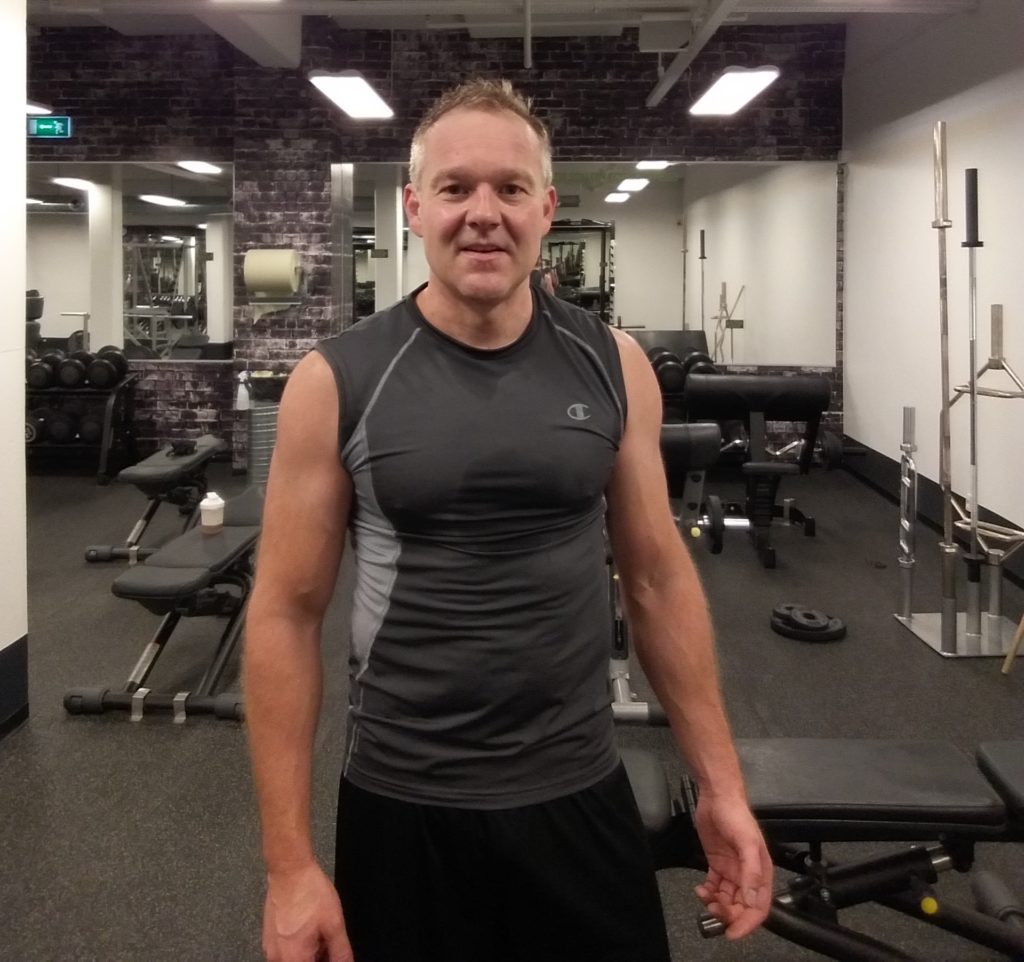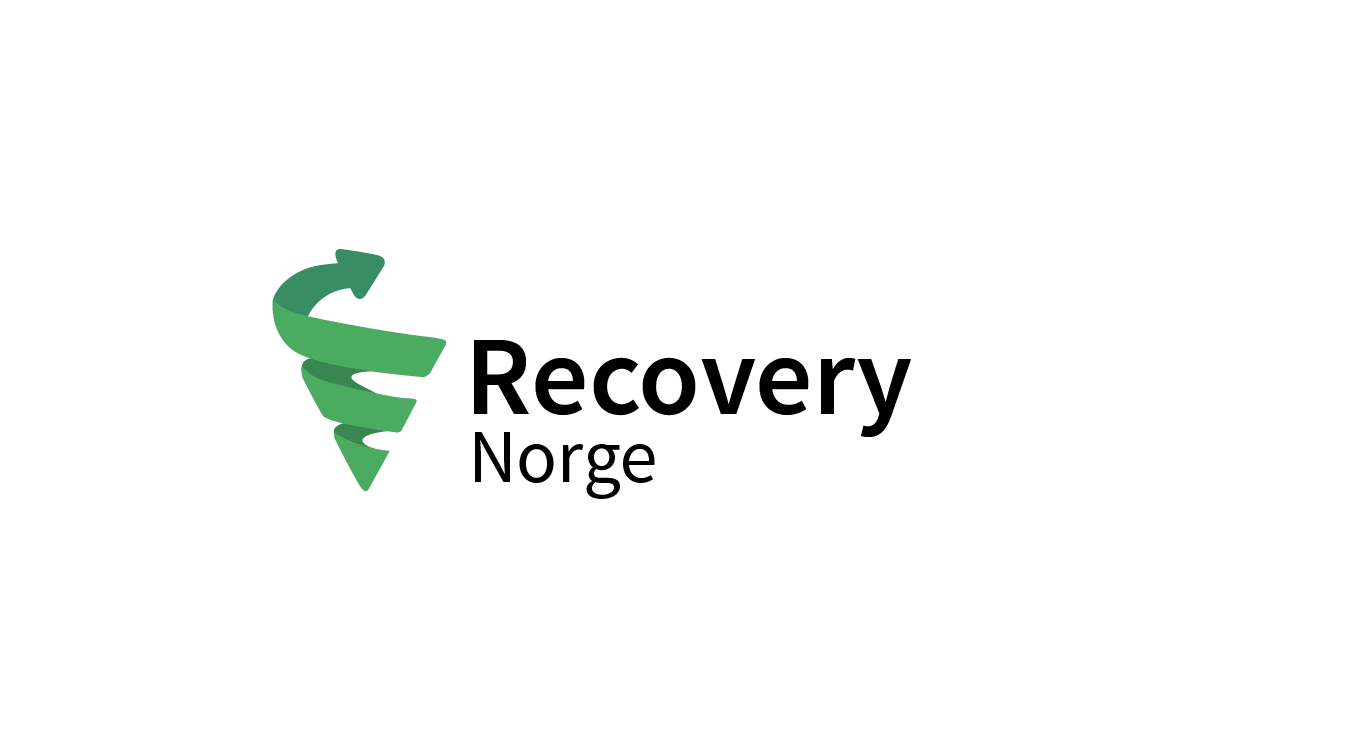Author: Michael Lassen
My backpains got gradually worse over a period of several years, until things culiminated during an Easter holiday. At that time I suffered such intense pain that I generally spent most of the time in bed, in spite of taking all the painkillers I needed to. For a long time I had been trying to find out what caused all this pain, I had seen my doctor many times and had gone through several examinations, but nothing was found. I also spent thousands of kroner on alternative treatments, but these didn’t help either.
At the time when the pains started, my life was very busy. I was working long hours and spent much of my holidays and time off on further studies and education, instead of relaxing as I should have done. At no time did I see any connection between my hectic schedule and the gradually worsening pains I experienced.
The final sick leave
The pains culminated at a time when my workplace was about to be shut down. It was almost like the final straw and the camel’s back, rendering me completely unfit for work and finally needing a sick leave certificate. This was a difficult decision, as I was a medical educator and had students I needed to see through their exams. I seriously tried to carry on working, but it was simply impossible. My life had become a painridden hell, and any type of movement made things worse. I had long given up on sports that I previously enjoyed. I was bedridden pretty much all the time.
When I was first registered as sick, I underwent further examinations. These I opted to pay for privately as the waiting times for back examinations in the public health system are very long. Among other things, I had an X-ray taken and talked to a specialist doctor who thought that I had some bones in my lower spine that had conjoined, and which he would like to operate.
I spoke to several specialists and they all had their own theories about why I was in such pain. Serious diagnoses such as bone cancer, a prolapsed disk and osteoperosis were all up for debate. Diagnoses that made me feel scared and placed even more stress on my body.
Luckily I am an ergtotherapist by education and therefore I had learnt that these kinds of growth fusions can be found in many people without causing any pain. Also, I knew that the prognosis for successful back operations is not particularly good. So I declined and paid for yet another scan at a private hospital. By now I had spoken to several specialists and they all had their own theories about why I was in such pain. Serious diagnoses such as bone cancer, prolapsed disk and osteoperosis were all up for debate. Diagnoses that made me feel anxious and placed even more stress on my body.
Turning point #1
The results from the scan showed nothing that could explain my pains, which in a way made it a turning point of sorts, because by now I felt that I had been examined as thoroughly as possible.
Consequently, I started reflecting on my sickness in different terms, that perhaps it might be stress related somehow. As a result of my sick leave, I had been given plenty of time to reflect on my lifestyle, which had been rather hectic. With my background from the psychiatric health services, I had experienced that body and mind was closely interwoven, and as a youngster I had found that I sometimes had a physical pain reaction in response to psychological stress. So I’ve always kept an open mind on this. Even so, it was important to undergo thorough medical examinations so that we could rule out the possibility of physical injury or illness.
Once I started regarding my pains as something brought about by stress, I endeavoured to do everything that was beneficial to alliviate such stress conditions. This meant meditating twice a day, and I would drive to the ocean, bury myself in the sand and just lie there, listening to the waves break. I was only able to lie front down, as my back was tender and painful. But I did sense that it seemed to have a positive impact om me and my pains. Later on, I started going into the sea and when it got colder I joined the winter bathing club.
I had discovered something that worked, and went back to work part time on partial sick leave. My place of work had been closed, but there was still work to be done as a clinical tutor which I was allowed to carry on with. The pains were still very strong, but my head was in good working condition and I was pleased to keep in touch with working life, and that I was able to use my skill sets. All the same, I did not find my symptoms fully compatible with the stress theory. I did not, for example, have any cognitive symptoms, so in a way I was still on the look-out for the correct diagnosis.
Turning point #2
The next turning point came about by chance, as I happened to watch a feature on functional disorder on TV. It suddenly looked like there finally was something that matched up with me and the symptoms that I was experiencing, and as mentioned earlier I have always kept an open mind about the mind-body connection, and I had been examined from top to toe for physical malfunctioning, with nothing found. It was quite easy for me to accept that I had a functional disorder.
It was easy for me to accept that I had a functional disorder.
First and foremost I wanted to get well again, and reading that one third recovered completely and that another third became significantly better by employing a harmless treatment composed of mindfulness, ACT and gradual retraining, it was obvious I had to give it a chance. I owed it to myself, my family and everybody else that had suffered alongside me over the past many months. Naturally I was quick to make an oppointment with the doctor who referred me to be examined for a functional disorder.
When I finally was diagnosed with bodily distress disorder (BDS), I read that the things I was already doing; the mindfulness, winter bathing, were part of the treatment for functional disorders. I also read that a gradual retraining was another element, which I had not yet tried out. I had lost quite a lot of muscle mass due to inactivity and because any physical exertion made my pains worse.
However, I was highly motivated to get a better life and realised I had to be very gentle and slow with the gradual retraining in order to prevent pain. The first excercise I tried was just a simple stretch of just a few seconds duration. The following day I kept stretching for a bit longer, and after four weeks I could do a thirty-second stretch without feeling more pain. Which was progress of sorts.
Later on I started doing some very light training sets for the muscles in my back and abdomen. From a gentle start with no weights and gradually, after several months of training on a daily basis, progressing to many reps and later on with weights. Two years passed like this, with two daily relaxation excercies, daily training and the avoidance all forms of stress as far as possible. I also went back to working full time. I was lucky not be in a physical type of job so that I didn’t suffer more pain from work. That said; I still had strong chronic pains in my back every single day.
All the same, I did notice that my pains had been slightly reduced ever since I started on my gradual re-training two years back, and I was able to perform several more physical activities without a worsening of my pain condition, which in turn helped improve my quality of life. So I continued with my training, and once I had gained some strength in my back and abdomen I could also begin to take a few gentle cycle trips. Later, I used an electric bicycle to travel the 8 km into work. After two months, I could use my normal bicycle. By now I was quite fit and my pain had been further reduced over three years.
Now, I have no pains and I do weight training five times a week in the gym.
When I first started out on my gradual retraining efforts, I had no expectations of a full recovery. If I could merely improve ever so slightly, that would have been fine by me. Today I am pain-free and lift weights five times a week at the gym. I would never have believed that this back, which previously was unable to stay upright for more than a few seconds, is now able to do 130 kgs deadlift.

Michael Vind Lassen was formerly the chairman of the Danish Patientforeningen For Funktionelle Lidelser (Patient Association for Bodily Distress Syndrome). He has also given a presentation about his story, which you can view and listen to here.
